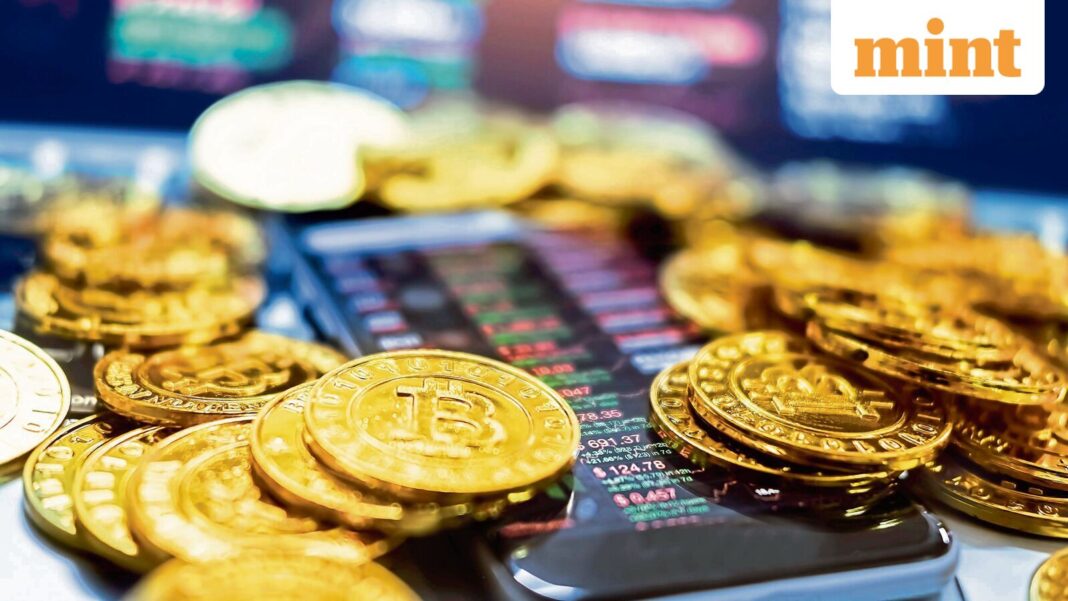Market Pulse
In a significant development poised to expand the reach of decentralized finance (DeFi), Flare (FLR), a layer-1 blockchain focused on interoperability, has announced the integration of its groundbreaking FAssets system with Telegram’s popular Wallet. This strategic partnership aims to unlock unprecedented utility for a vast user base, enabling non-smart contract tokens to participate trustlessly in DeFi applications, directly accessible through one of the world’s most widely used messaging platforms. As of {current_date}, this collaboration marks a pivotal moment for both Flare’s ecosystem and the broader vision of a truly interconnected blockchain financial system.
A Strategic Partnership Unveiled
The announcement of Flare’s FAssets integrating with Telegram’s Wallet comes after a period of intense development and strategic positioning by the Flare team. Telegram, with its hundreds of millions of active users, represents an enormous gateway for mainstream crypto adoption. By embedding FAssets directly into its native wallet, Telegram is effectively lowering the barrier to entry for users who wish to engage with DeFi services using a wider array of digital assets. This move positions Flare to tap into a substantial, digitally native audience, potentially catalyzing a new wave of participation in decentralized financial protocols.
Understanding Flare’s FAssets Technology
At the core of this integration is Flare’s innovative FAssets protocol. Designed to bring the liquidity and utility of non-smart contract cryptocurrencies, such as XRP, Dogecoin (DOGE), and Litecoin (LTC), into the smart contract world, FAssets facilitate a trustless and decentralized way to wrap these assets for use on the Flare blockchain. Unlike traditional wrapped tokens, FAssets aim to minimize centralized points of failure, offering a more secure and transparent method for expanding asset utility. Key features of FAssets include:
- Trustless Bridging: Enables the secure and decentralized wrapping of non-smart contract tokens without relying on a single custodian.
- Increased Utility: Allows assets like XRP or DOGE to be used in DeFi applications for lending, borrowing, or yield farming.
- Enhanced Interoperability: Strengthens Flare’s position as a network designed to connect disparate blockchain ecosystems.
- Decentralized Custody: Assets are secured by a network of independent FAsset providers, enhancing security and reducing counterparty risk.
The Power of Telegram Wallet Integration
Telegram Wallet, a self-custodial solution operating within the Telegram app, provides a familiar and accessible interface for millions. Its integration with Flare’s FAssets means that a user could, for example, wrap their XRP into FAssets and then participate in a lending protocol on Flare, all initiated from within their Telegram chat interface. This seamless user experience is critical for broader adoption, eliminating the need to navigate complex external exchanges or unfamiliar wallet setups. The integration is expected to offer:
- Massive User Access: Directly exposes Flare’s DeFi capabilities to Telegram’s expansive global user base.
- Simplified DeFi Onboarding: Reduces friction for new users entering the DeFi space, leveraging an app they already use daily.
- Expanded Asset Support: Provides Telegram Wallet users with the ability to utilize a greater variety of cryptocurrencies within DeFi.
- Enhanced Convenience: Offers a streamlined experience for managing and deploying digital assets in decentralized applications.
Broader Implications for DeFi and Interoperability
This partnership carries significant implications for the future of DeFi and the overarching goal of blockchain interoperability. By linking a widely adopted communication platform with a robust interoperability layer, Flare and Telegram are demonstrating a tangible path towards making decentralized finance truly global and accessible. It represents a practical application of bridging technologies that can onboard the next wave of crypto users, moving beyond speculative trading to real-world utility within a familiar digital environment. The success of this integration could serve as a blueprint for how other layer-1 protocols and mainstream applications can collaborate to foster a more inclusive and interconnected digital economy.
Conclusion
The integration of Flare’s FAssets with Telegram Wallet is more than just a technical update; it’s a strategic maneuver that could redefine accessibility within the DeFi landscape. By leveraging Telegram’s colossal user base and Flare’s innovative interoperability technology, this partnership is poised to bring a new level of convenience and utility to millions, potentially ushering in a new era of mainstream decentralized finance adoption. As the crypto ecosystem continues to mature, such collaborations will be crucial in building bridges between existing digital habits and the burgeoning world of blockchain innovation.
Pros (Bullish Points)
- Significant expansion of Flare's user base and utility.
- Enhances interoperability for non-smart contract tokens in DeFi.
- Boosts mainstream adoption potential for DeFi through a popular messaging app.
Cons (Bearish Points)
- Success hinges on user adoption and active engagement within Telegram Wallet.
- Potential security risks associated with bridging assets, though Flare's design aims to mitigate these.
- Market competition from other interoperability solutions remains strong.
Frequently Asked Questions
What are Flare FAssets?
Flare FAssets are a protocol that enables non-smart contract tokens like XRP, DOGE, or LTC to be used trustlessly in smart contract applications on the Flare blockchain.
How does this integration benefit Telegram Wallet users?
Telegram Wallet users can now access and utilize a wider range of crypto assets, specifically non-smart contract tokens, within decentralized finance applications via Flare's FAssets.
What is the broader impact of this partnership?
The partnership significantly expands Flare's ecosystem, leverages Telegram's massive user base for potential DeFi adoption, and advances the goal of a more interconnected and accessible blockchain financial system.



